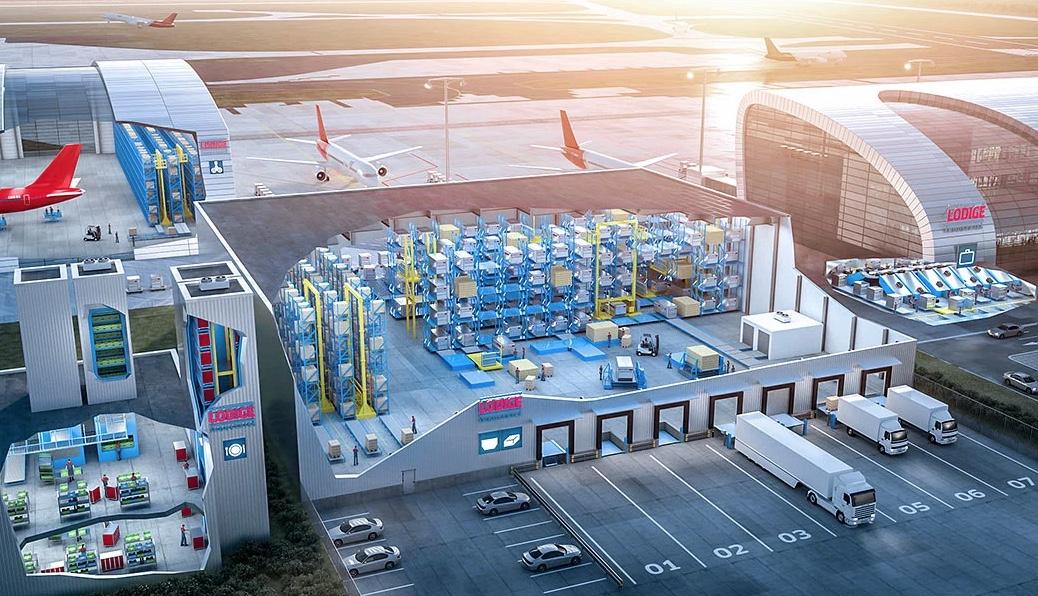The global airport systems market is on a strong growth trajectory, projected to expand from USD 32.28 billion in 2024 to USD 50.27 billion by 2030, representing a compound annual growth rate (CAGR) of 7.7%, according to the latest industry forecast.
This surge is being driven by rising passenger traffic, major airport infrastructure expansion, and the accelerated adoption of advanced technologies aimed at improving efficiency, safety, and the overall passenger experience. From automated check-in to AI-powered security and cloud-based operations, airports worldwide are embracing digital transformation to streamline complex processes and control costs.
Leading Players Driving Innovation
The market features key global players including SITA (Switzerland), Amadeus IT Group SA (Spain), RTX (US), Thales (France), Vanderlande Industries B.V. (Netherlands), Honeywell International (US), Leidos (US), Indra (Spain), TAV Technologies (Turkey), Oshkosh AeroTech (US), Siemens AG (Germany), ADB SAFEGATE (Belgium), NEC Corporation (Japan), RESA (France), TK Elevator (Germany), Daifuku Co., Ltd. (Japan), Damarel Systems International Ltd (UK), BEUMER Group (Germany), and Deutsche Telekom AG (Germany).
These companies are leading the charge in developing next-generation systems for airport management, mobility, and passenger processing, helping operators handle growing traffic volumes while meeting sustainability and security standards.
Departure Control Systems Lead Passenger Processing Segment
The Departure Control Systems (DCS) segment is forecast to dominate the passenger processing systems market through 2030. As airports move toward greater automation, DCS solutions are becoming essential for efficient check-in, baggage handling, boarding, and load management.
The increasing deployment of biometric boarding gates, self-service kiosks, and cloud-based DCS platforms is helping airports reduce congestion, speed up turnaround times, and enhance passenger convenience. Both major hub airports and smaller regional facilities are investing heavily in these technologies as part of their digital upgrade programmes.
Mobility Systems Accelerate Growth on Airside and Landside
The Airside and Landside Mobility Systems segment is expected to post the highest CAGR within the airport systems market. Rising passenger volumes and new airport construction projects are fuelling demand for automated people movers (APMs), electric shuttle buses, autonomous ground vehicles, and advanced baggage transport networks.
Sustainability goals are also driving the adoption of electric ground support equipment (GSE), autonomous aircraft tugs, and smart apron management tools, which improve operational efficiency and reduce emissions.
Asia Pacific to Lead Market Expansion
The Asia Pacific region is forecast to become the largest market for airport systems during the forecast period. Rapid urbanisation, strong economic growth, and significant public and private investment in aviation infrastructure are fuelling this expansion.
Countries such as China, India, and Thailand are developing new airports and modernising existing ones with advanced technologies. Projects like Chengdu Tianfu International Airport, Navi Mumbai International Airport, and U-Tapao International Airport illustrate the region’s large-scale commitment to aviation innovation.
From AI-based air traffic management to cloud-enabled airport operations and automated passenger services, Asia Pacific is positioning itself at the forefront of the next generation of airport technology.
As airports worldwide continue to evolve into smart, connected ecosystems, investment in digital systems and automation will remain at the heart of aviation’s transformation through the next decade.
SOURCE: MARKET AND MARKETS
IMAGE CREDIT: LODIGE






